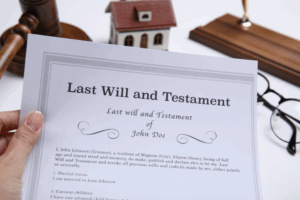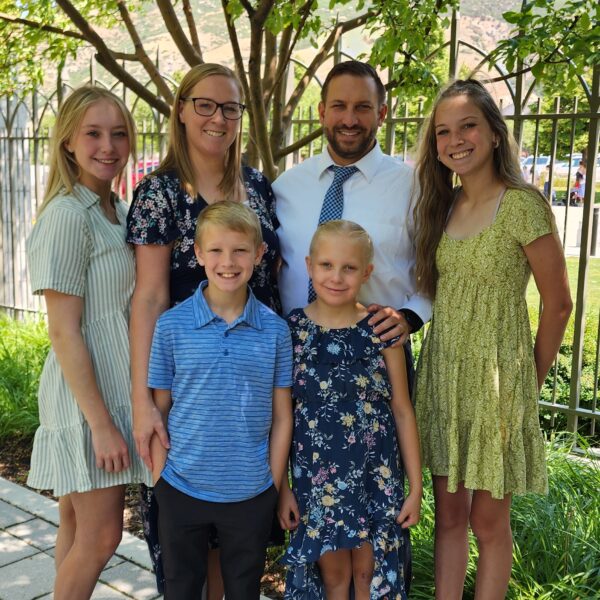Organizational documents are imperative for entrepreneurs starting a business. This article digs a little deeper into a specific issue that comes up in the organizational documents: the buy-out of a deceased owner’s share of the company.
Let’s use Linda and Jane for our example. Both Linda and Jane are married. Linda is married to Tom and Jane is married to Phil. Linda and Jane decide to go into business together to run a widget factory (“Widgets Inc.”). Linda and Jane have had a long relationship, but neither Linda nor Jane cares for the other’s spouse. So, if anything ever happened to Linda, Jane would not want to be in business with Tom. Plus, the company requires both Linda and Jane to work (active versus passive ownership) for the company to be successful.
First, the organization agreements are going to cover this situation. There will be a buy-sell agreement written into the documents that restrict transferability, even to a spouse. Further, the organizational documents will recognize that neither owner wants to be an owner with a spouse upon death. The buy-sell then includes mandatory buy out provisions. So, if Linda dies, then there is a mechanism to ensure that Jane still owns the company but also that Tom receives the value of his wife’s interest in Widgets Inc. And, because this is a community property state, the spouses (Tom and Phil) will agree to these provisions in writing.
Now, the unexpected occurs and Linda dies.
The problem is that cash flow at Widgets Inc. is tight. And Linda’s death was unanticipated. Fortunately, the parties can lean on their well-drafted buy-sell agreement to alleviate the problems and stress accompanying this transition period. It says that upon a death, Widget Inc. agrees to buy out the deceased shareholder’s interest at a specified value (or a specified valuation methodology) through the use of a promissory note over a term of say 10 years. This allows Widgets Inc. to create the cash flow to buy out Linda’s interest and provide cash to Tom.
But, life insurance provides a better solution. The company can carry life insurance on the owners. It can be structured as a term or whole life policy. Let’s assume we utilize term insurance. Term insurance is inexpensive to maintain and can guard against the risk of an untimely death. Often, insurance is used to cover the mandatory buy-out. So, instead of an installment note, Tom receives the full value of Linda’s interest in the company (funded by the insurance) in exchange for giving up the shares of stock in Widgets Inc. owned by Linda. Keep in mind, the insurance should pay to Widgets, Inc. rather than Tom so that Tom cannot later assert Widgets, Inc. still owes him the value of the shares. This is a common mistake among businesses with whom I have worked.
The insurance can be structured as owned by the company with the corresponding obligation of the Company to buy or redeem the stock of the deceased shareholder. Or it can be owned by the owners individually in a “cross-purchase” arrangement with the corresponding obligation of the shareholder to buy the stock of the deceased shareholder.
The question of whether to structure the insurance as company-owned or cross-purchase involves several key considerations. First, the number of owners determines the complexity of the cross-purchase arrangement – the more owners, the more complicated. Second, in the company-owned arrangement, the owners will not get the step-up in tax basis as they would with the cross-purchase agreement and the company might be subjecting itself to the Alternative Minimum Tax (AMT). The third consideration is the percentage ownership of the entity. It may be become unfair for a cross-purchase agreement where one owner owns substantially more than the other, as the buyer will necessarily need to pay more to hold the insurance on the majority owner.
Insurance needn’t be used only to fund the buyout upon death. It can also be used to fund a buy-out upon disability. In the event Linda becomes disabled, and where her continued work was vital to the success of the organization, it might make sense to trigger a buy-out upon disability.
With any buy-out provision, care must be taken to provide a reasonable value for the company or a reasonable valuation methodology. In the event the insurance proceeds are insufficient, the difference can be paid through the installment note. If the insurance is greater than necessary, the company (or the other shareholder) can keep the difference to make up for the likely income loss from the deceased shareholder. No matter how the agreement is funded or structured, business owners, their insurance agent, and their attorney all need to work closely together to ensure the plan works.
Through the use of a well-planned, insurance-funded buy-out, all parties win.
390516-2
* Licensed, not practicing.
The opinions voiced in this material are for general information only and not intended to provide specific advice or recommendations for any individual or entity. This information is not intended to be a substitute for specific individualized tax or legal advice. We suggest that you discuss your specific situation with a qualified tax or legal advisor.
Securities offered through LPL Financial, Member FINRA/SIPC. Investment Advice offered through Cornerstone Wealth Strategies, Inc., a registered investment advisor and separate entity from LPL Financial.












